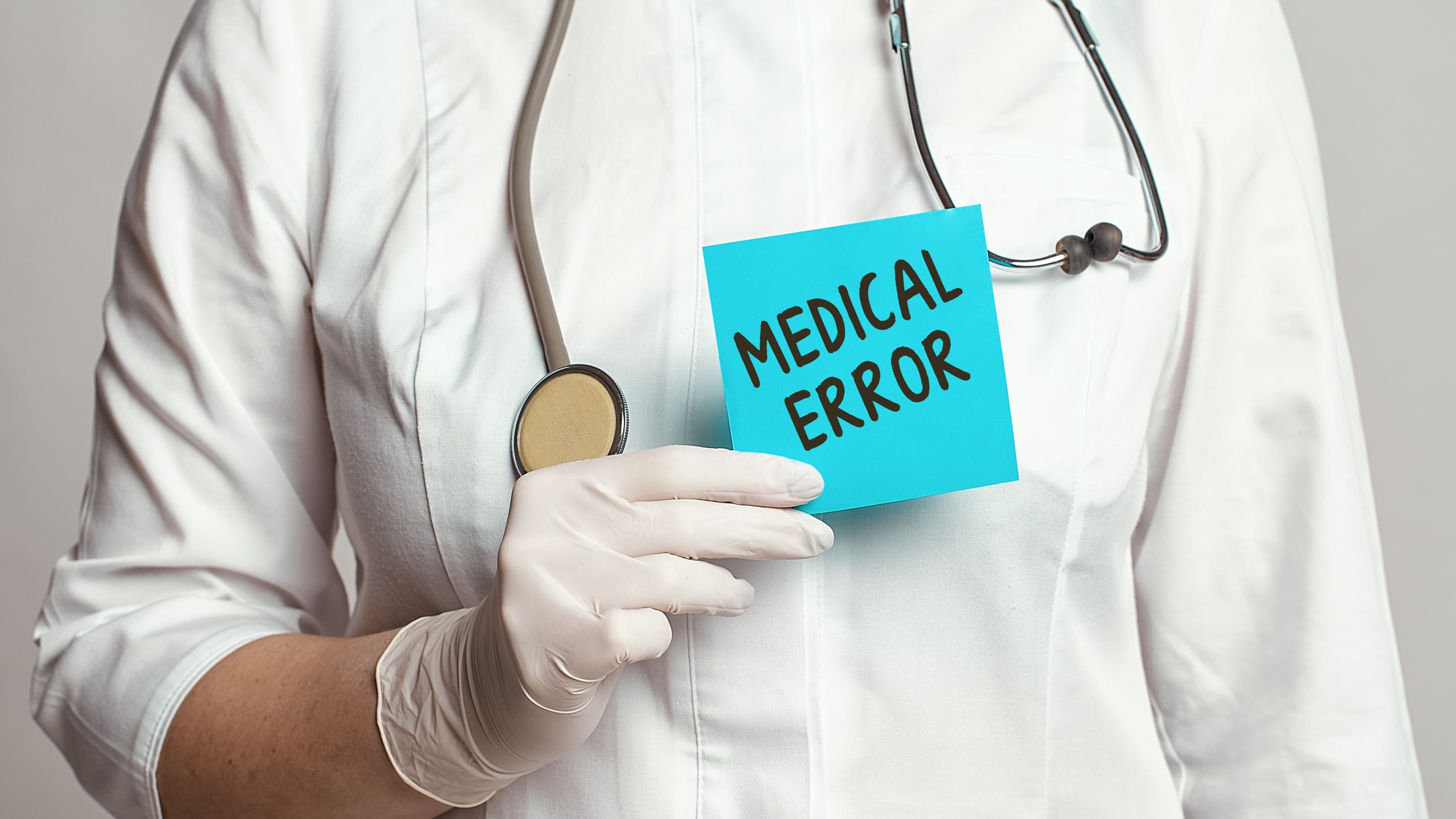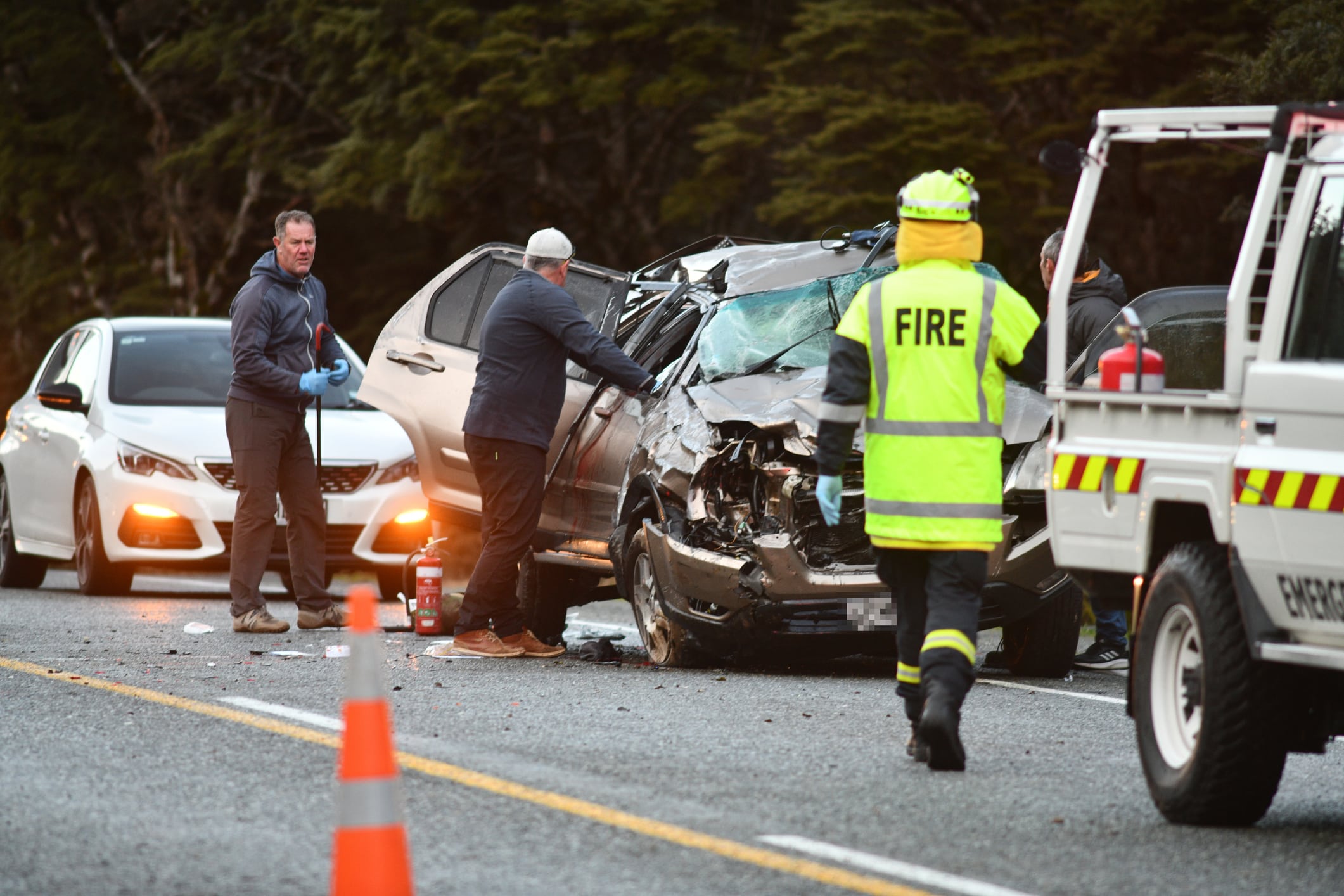For almost two decades, we’ve known that medical malpractice is an epidemic and a leading cause of death in the United States. The Institute of Medicine told us in 1999 that nearly 100,000 people die every year in U.S. hospitals due to preventable medical mistakes. If you have questions, a medical malpractice attorney can help. In 2010, the Office of the Inspector General for Health and Human Services reported that negligent hospital care was a factor in the deaths of 180,000 Medicare patients in a single year. And in 2013, the Journal of Patient Safety reported that between 210,000 and 440,000 hospital patients each year suffer preventable harm that contributes to their deaths..

Medical malpractice is the number three cause of death in the U.S., and victims of malpractice in central California should contact an experienced Fresno medical malpractice attorney. What can be done to turn those disturbing numbers around? The Northwestern University Feinberg School of Medicine is the nation’s first medical school to offer a Ph.D. in healthcare quality and patient safety. “How will this ever get fixed if we don’t train a work force to do it? We need an army of experts who need to know how to address this,” says Donna M. Woods, Ph.D., who directs the graduate programs in healthcare quality and patient safety at Northwestern.
The first Ph.D. student in healthcare quality and patient safety graduated in the fall of 2016. More will graduate in 2017. Northwestern is also helping these other institutions establish a master’s level program in healthcare quality and patient safety: Cornell University, George Washington University, Thomas Jefferson University’s College of Population Health, and the University of Illinois.
WHO PARTICIPATES IN THE PROGRAM AT NORTHWESTERN?
The program at Northwestern matches doctors, pharmacists, nurses, and other healthcare professionals with cognitive psychologists, engineers, and risk assessment specialists who bring a fresh perspective to the problem of medical malpractice. These “outsiders” show healthcare pros how to identify the weak links in their systems and determine how best to strengthen them. The students develop remedies for theoretical situations based on statistical and scientific evidence.
Dr. Woods says that doctors, nurses, and pharmacists work in an environment that was not designed with safety as a priority, and thus they can’t fix the problems that lead to malpractice without training in healthcare quality and patient safety. “Under the current model, when medical students and residents walk into an Emergency Department, their challenge is to survive and adapt to a crazy system, not figure out how to fix it,” Dr. Woods said.

Ph.D. students in the Northwestern program study physical and cognitive ergonomics, which analyzes and predicts how the mind makes errors – and how to apply these lessons to make the delivery of healthcare services safer and more dependable. For example, in one class, students re-created a crisis situation and were asked to then give an EpiPen injection to someone purportedly having a life-threatening anaphylactic reaction.
Whenever this lesson was taught, inevitably one or more students accidentally self-injected, losing the medicine. Students were then asked to determine why that problem happens. What they learned is that in a crisis situation, it’s hard to make the eyes focus and sometimes hard to make eyes and hands work together. Adrenaline interferes. As a result of the work at Northwestern, the school worked with the EpiPen manufacturer, Mylan, to create a new design for the device. The new EpiPen design gives the device the ability to provide audio instructions.
WHAT OTHER LESSONS ARE TAUGHT IN THE NORTHWESTERN PROGRAM?
In one fascinating lesson, students are asked to write directions – to a Martian – for making a peanut butter-and-jelly sandwich. The instructor then shows the class how someone with no earthly cultural experiences or assumptions would “literally” follow the directions. Peanut butter-and-jelly chaos is the inevitable result. The lesson is that when a healthcare professional writes a protocol for a healthcare procedure, that professional’s cultural assumptions and figures of speech may not be shared or understood by other persons in a field as large and diverse as healthcare. Mistakes and malpractice are often the result.
Students in the Northwestern program also learn the risks of moving patients from an ICU to a regular-care hospital room. In an ICU, nurses care for only two patients and check them continuously. In regular care, however, a nurse may be responsible for up to eight patients, and those patients may be checked as infrequently as once every six hours. But according to Dr. Woods, “In four hours, a patient just transferred from the ICU can quickly deteriorate to the point of death.” She wants to “develop a system of additional monitoring and checking on these patients,” and she says, “This is the type of intervention our students will develop.”

The Northwestern program’s curriculum also looks at how to improve cooperation and communication in healthcare as a patient moves through various parts of the system. A patient’s several doctors and other healthcare providers may not know about changes in medications, and that lack of knowledge could mean dangerous drug interactions or overdoses. Students find ways to make electronic health records accurate, reliable, and accessible to all who need them.
WHAT DO HOSPITAL PATIENTS REALLY WANT?
The first graduate with a Ph.D. in healthcare quality and patient safety is Cindy Barnard, who is now a vice president at Northwestern Memorial Healthcare. When she asks patients how they would define quality healthcare, “As surprising as it may seem, nobody has asked them,” Ms. Barnard says. “We discovered patients have thoughtful and distinctive views of what healthcare quality should be, and what they want us to improve.” While many still assume that the main concerns of patients are things like hospital food and convenient parking, Ms. Barnard has found that what patients really want is a timely, precise diagnosis and “evidence-based” medical care.
While Northwestern University offers hope for the future, those injured by medical malpractice in central California right now will need the advice and services of an experienced Fresno medical malpractice attorney. The director of Northwestern’s Health Sciences Integrated Ph.D. Program, Neil Jordan, says the students there “are the future of safer and higher quality medical care,” but for now, preventable medical malpractice remains a leading cause of death in the U.S., and medical malpractice continues to injure thousands each year right here in California.




